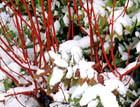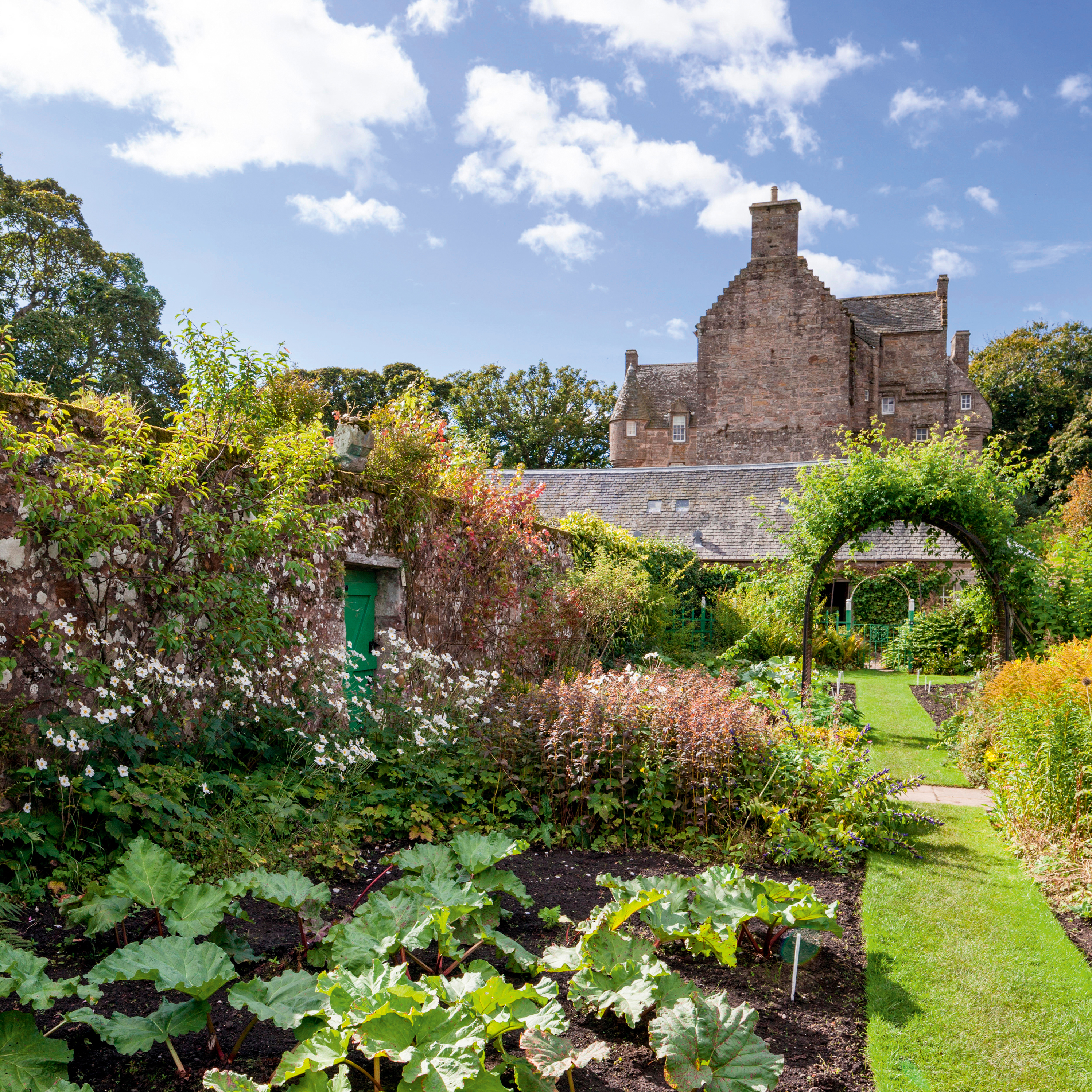The Public Gardens of Oxford
Considering his home town of Oxford in winter, Mark finds the University Parks a joy, but his overall views are spoiled by the endless recycling boxes outside people's front doors...


Friendly frost has come at last to Oxford. Cleansing cold has bleached the grasses to a platinum blonde and burnished newly hardened branches. It is the shrubs with brilliantly buffed twigs that are a particular matter for rejoicing. In our small town garden, we do not go much beyond the maple known as Acer Sango-kaku, which makes a wintry cage of lacquer red, but Oxford's green heart, the 73-acre University Parks, is a different matter.
Owned and managed by the University, the Parks are a resounding proof of the 'private property = public paradise' formula. Other examples are the Jardin du Luxembourg, lovingly guarded by the French Senate, and of course London's Royal Parks. It seems an admirable arrangement, conducive to both the common good and uncommonly good horticulture.
The Superintendent of the Parks, Walter Sawyer, is a passionate plantsman who approaches public areas with all the care and taste that one would expend on a private garden, and many of us think of the Parks as our other, bigger and better garden, crammed with horticultural inspiration to take home, as well as a healthy glow and an exercised dog.
As I say, the current inspiration is twiggy, and as we crunch the winding hoggin paths, we are repeatedly ambushed by colour amid all the monochrome and mist. The willow Salix daphnoides waves wands of violet and silver beside the Cherwell. Dogwoods such as the scarlet Cornus Sibirica, plum C. Kesselringii, golden Flaviramea and coral Midwinter Fire, stand in brilliant banks beside lake and lawn. Engaging oddities startle us a small Chinese willow, Salix fargesii, with thick winter twigs that look like bitter chocolate; Poncirus trifoliata, a hardy orange whose lurking spirals of jade thorns are a lesson to those who believe parks are for jogging. The Superintendent is no less surprising when it comes to underplanting.
Massed beneath the clumps of dogwood, a white-and-pewter-variegated ivy or Euonymus fortunei Dart's Blanket (quiet in summer, incendiary in December). They prove that just two types of plant can put winter blues to flight.
These couplings will be joined by others - hellebores and aconites, snowdrops and scillas. For the moment, however, we are happy with the great simplicity of this landscape, the flash of gold or eruption of flame in the frozen emptiness. Like many Oxonians, we have copied it already, but why don't other public parks?
In November, the RHS held a debate on the precarious future of small town gardens. The most imperiled among them were judged to be front yards that are being concreted over to make parking space. What parking space? There wouldn't be room for a Matchbox model in most of our local front yards. They are already full of plastic boxes dished out by the council to assist us in the new science of recycling rubbish. You know the things blue plastic boxes for human tissue, green for low-grade nuclear waste, pink for personal papers containing banking details, and so on.
Sign up for the Country Life Newsletter
Exquisite houses, the beauty of Nature, and how to get the most from your life, straight to your inbox.
I am not averse to recycling. Had I not recycled them already, I might even have taken a sabbatical to study the many leaflets in which the council explains the new doctrine. Developing the skills these circulars seemed to expect of recyclers might have presented exciting challenges in what is, after all, the age of life-long learning. Moreover, the finesse and coordination of a neurosurgeon, the timing of a military band, the memory of a London cabbie, and the classifying eye of Linnaeus would have their uses in the world beyond waste.
No, what grieves me about the new order is the impact on our visual environment of all these caskets of rubbish. Oxford city is a rum sort of place; such indignation at the thought that Ruth Archer might contemplate doing a Madame Bovary in one of our hotels, yet not so much as an elevated pulse at our streets now strewn with these hampers from hell.
'It's progress', one of the Green mujahedin assures me: 'Perhaps you should think about changing your own practices to make your garden more friendly to wildlife?' I assume she means leaving the lids of the boxes ajar lest we starve urban foxes. If this is progress, I'm a dustman.
This article first appeared in COUNTRY LIFE magazine on December 7, 2006
Country Life is unlike any other magazine: the only glossy weekly on the newsstand and the only magazine that has been guest-edited by HRH The King not once, but twice. It is a celebration of modern rural life and all its diverse joys and pleasures — that was first published in Queen Victoria's Diamond Jubilee year. Our eclectic mixture of witty and informative content — from the most up-to-date property news and commentary and a coveted glimpse inside some of the UK's best houses and gardens, to gardening, the arts and interior design, written by experts in their field — still cannot be found in print or online, anywhere else.
-
 Alan Titchmarsh: 'It’s all too easy to become swamped by the ‘to-do’ list, but give yourself a little time to savour the moment'
Alan Titchmarsh: 'It’s all too easy to become swamped by the ‘to-do’ list, but give yourself a little time to savour the moment'Easter is a turning point in the calendar, says Alan Titchmarsh, a 'clarion call' to 'get out there and sow and plant'.
By Alan Titchmarsh
-
 Rodel House: The Georgian marvel in the heart of the Outer Hebrides
Rodel House: The Georgian marvel in the heart of the Outer HebridesAn improving landlord in the Outer Hebrides created a remote Georgian house that has just undergone a stylish, but unpretentious remodelling, as Mary Miers reports. Photographs by Paul Highnam for Country Life.
By Mary Miers